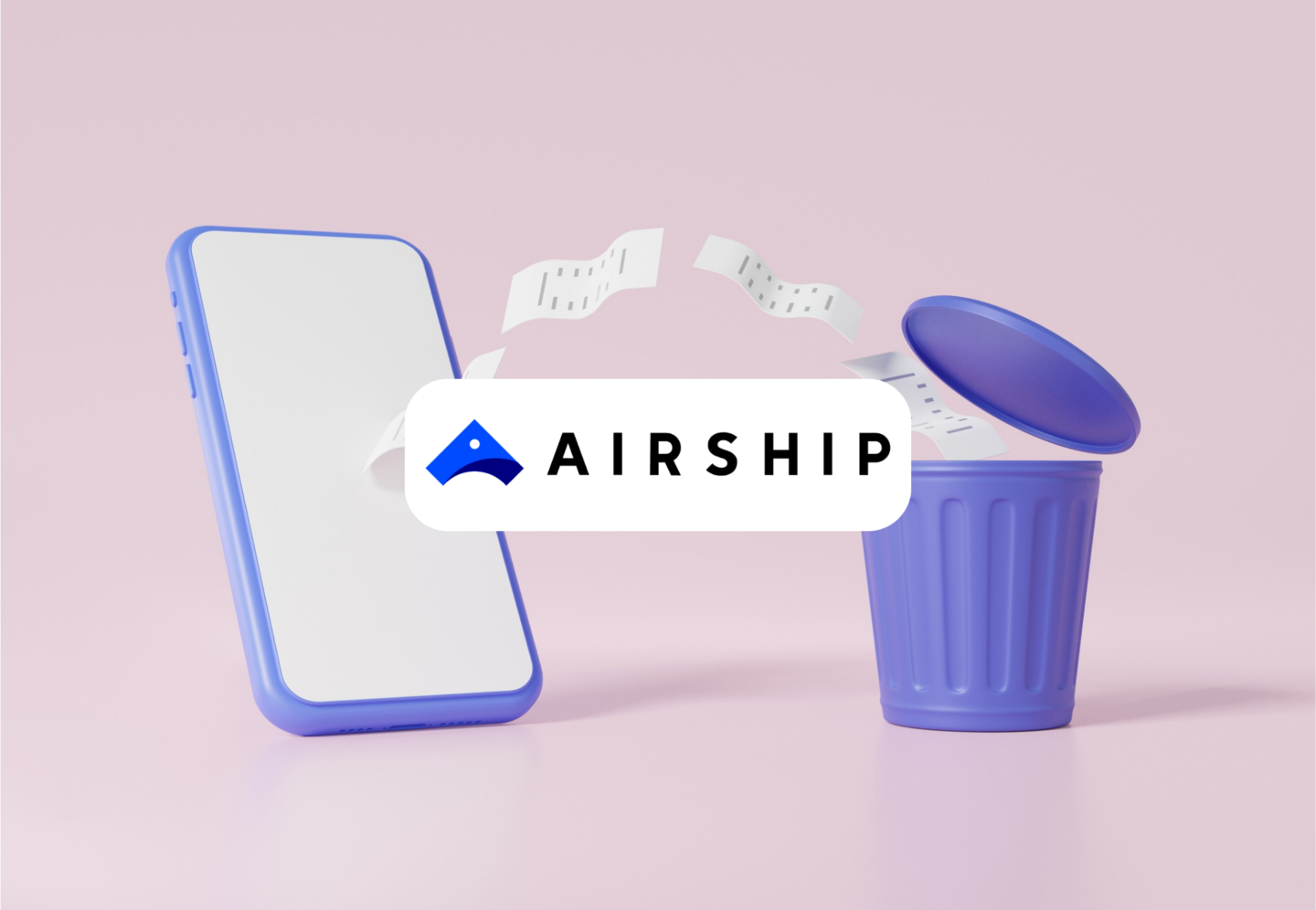Most consumers utilize apps only once or twice before making a decision to delete them or not, revealed a global survey by Airship. The survey explores the factors that drive users to engage with mobile apps, how they come across these apps, and the reasons and timing behind their decision to uninstall them.
In today's fast-paced world, consumers are increasingly relying on mobile apps for their convenience and effectiveness. According to the survey, the top three reasons for using apps from their preferred brands are their user-friendly nature (35%), the ability to simplify their lives (31%), and the time-saving aspect (27%). In spite of the challenging economic conditions, incentives such as deals, rewards, and personalized offers have shown significant growth as motivators for users to opt in. However, the primary reasons consumers continue to engage with apps are shifting toward advantages such as ease of use, speed, and simplicity.
"App user acquisition means almost nothing if brands aren't able to retain their users and drive repeat usage. Brands today need to deliver value by using every opportunity to make life better for their customers. No one else besides Airship can unify and optimize the entire mobile app customer lifecycle, from app features and discovery to campaigns outside the app and experiences inside the app," said Thomas Butta, Chief Strategy and Marketing Officer, Airship.
How do consumers discover apps?
The main method for discovering new apps remains searching and browsing through app stores, and this trend holds true across various income levels, generations, and the majority of countries. Following app store exploration, search engines are the second most popular means of app discovery.
Word of mouth (WOM) also plays a significant role, with personal recommendations being a key driver of app downloads in the United Kingdom, France, and Canada. In these countries, consumers rely on WOM as much, if not more, than app stores for app discovery. In the United States, Germany, and Singapore, WOM ranks the second most common method for finding new apps.
So, why do users delete apps?
When asked about the reasons for deleting apps, the top two factors were the need to free up phone storage (32%) and the presence of excessive in-app advertisements (30%). Surprisingly, a significant portion (26%) reported deleting apps simply because they had never used them. This trend was particularly prominent in Canada, France, and Germany, where "never used" was the most common reason for app removal. In the United States, the United Kingdom, and Singapore, it ranked second.
These findings show that brands need to communicate the value of their apps to customers quickly and clearly. Enhancing the onboarding experience for mobile apps is crucial for encouraging usage and optimizing user retention.
Moreover, establishing channels of communication with customers outside of the app, such as through email or SMS, can help drive them back to the app and encourage continued engagement.
The initial experience of a new app plays a crucial role for customers. Most consumers (57%) decide to keep or delete an app after using it only once or twice. Additionally, within the first two weeks of downloading a new app, as many as 73% of consumers decide whether to retain or uninstall it. This behavior remains consistent across all countries, household income levels, and generations.
Speaking of mobile apps, Airship has recently announced innovations to its App Experience Platform to help solve the problem of app retention rates and generate more revenue for businesses.









